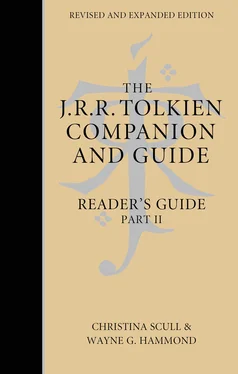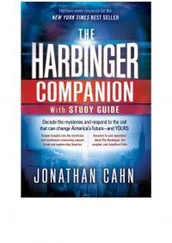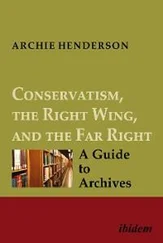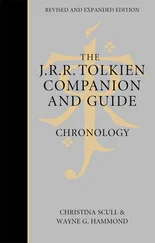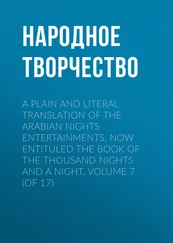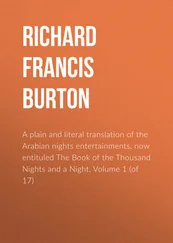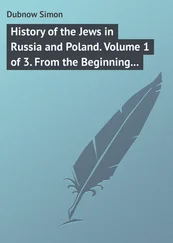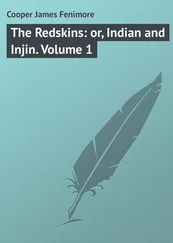1 ...7 8 9 11 12 13 ...29 The forces of evil are frequently associated with scenarios that demonstrate the horrible things done to the natural world, especially to trees. But rather than just creating ongoing lament for the death of trees Tolkien takes advantage of the printed page to provide an outlet for revenge. He creates champions and personifications of nature who can take up the crusade for him, righting the wrongs inflicted on hill and tree by those who mar the landscape with evil intent. Although his stance on defending nature and trees in particular, was notoriously embraced by the ‘green’ activists of the sixties and several more aggressive ecology movements since then, you won’t find any evidence that he supported these groups …. But the dismantling of Isengard by Ents and Huorns is one of the most satisfying acts of retribution committed to paper. In this sense Tolkien’s pen was definitely mightier than any sword he might have waved trying to stop the felling of trees or building of parking lots. [pp. 219–20]
See further, the rest of her chapter ‘In Defense of Nature’, pp. 219–43.
Patrick Curry has written (in ‘Nature’, J.R.R. Tolkien Encyclopedia , ed. Michael D.C. Drout (2007), p. 453) that one of the most distinctive marks of Tolkien’s fiction
is the extent to which its natural places are so individual, varied, and fully realised. Furthermore … they are never mere settings for the human drama; rather they participate in and help determine the narrative. The various places of Middle-earth could themselves be said to figure as characters in the stories of The Hobbit and The Lord of the Rings .
In Tolkien’s stories, no aspect of the natural world – geology, flora, fauna, weather, and the stars and Moon – is wholly neglected, and most receive respectful, even loving attention at some point. Nature is never abstract but rather as we actually expreince it, sensuous and particular. Thus, the power of place is paramount, just as it was in aboriginally mythic and enchanted nature – and still is, in so far as such a sensibility still survives.
In On Fairy-Stories Tolkien wrote of ‘the desire of men to hold communion with other living things …. Other creatures are like other realms with which Man has broken off relations, and sees now only from the outside at a distance, being at war with them, or on the terms of an uneasy armistice’ (* Tree and Leaf , pp. 19, 60–1). In his fiction men and animals often exist in close relationship. Huan the hound and Carcharoth the wolf are important to the ‘Silmarillion’ tale of Beren and Lúthien (*‘Of Beren and Lúthien’). Among Tolkien’s writings for children, Mr Bliss (* Mr. Bliss ) interacts with bears, Farmer Giles (* Farmer Giles of Ham ) with his dog Garm, Father Christmas (*The ‘Father Christmas’ letters) with the North Polar Bear, Beorn of The Hobbit with his animal servants. Birds, some of which can speak with humans, take active roles in The Hobbit and The Lord of the Rings . And in the latter book, horses are featured as characters in their own right, particularly Shadowfax and Bill the Pony. Animals are also the subjects of several of Tolkien’s poems, such as * Fastitocalon and * Oliphaunt , drawn partly from the medieval bestiary tradition. Unusually, * Roverandom is told from the viewpoint of an animal, a dog who converses with other dogs, the gull Mew, and the whale Uin.
Some of Tolkien’s pictures made from nature – his talents as an artist were in landscape rather than portraiture – are also memorable, though one feels that, like Niggle, Tolkien often caught only a shadow of what his inner eye could see. Still, it would be difficult to think of any artist who could capture visually the Mallorn trees of Lothlórien ( Artist and Illustrator , fig. 157; Art of The Lord of the Rings , fig. 64) which Tolkien described so hauntingly in words. Nor could his watercolour of Taur-na-Fuin ( Artist and Illustrator , fig. 54; Art of The Hobbit , fig. 48) fully convey the claustrophobic picture of those woods Tolkien describes in The Tale of Turambar : ‘a dark and perilous region so thick with pines of giant growth that none but the goblins might find a track, having eyes that pierced the deepest gloom’ (* The Book of Lost Tales, Part Two , p. 78).
Some of his more successful illustrations celebrating aspects of nature and landscape are The Gardens of the Merking’s Palace ( Artist and Illustrator , fig. 76), with its depiction of an underwater world full of colour; ‘Mr Bliss on the Hillside’ ( Artist and Illustrator , fig. 83), with a view into the distance similar to many in the Cotswolds Tolkien knew so well; four watercolours for * The Hobbit with contrasting landscapes – the well tended sunny fields of The Hill: Hobbiton-across-the-Water , the deep valley of Rivendell , the wildness of the Misty Mountains in Bilbo Woke Up with the Early Sun in His Eyes inspired by Tolkien’s 1911 visit to Switzerland, and the light glimpsed through an avenue of trees in Bilbo Comes to the Huts of the Raft-Elves ( Artist and Illustrator , figs. 98, 108, 113, 124; Art of The Hobbit , figs. 11, 23, 39, 64); and the stylized late The Hills of the Morning ( Artist and Illustrator , fig. 1). Tolkien also made topographical drawings and watercolours which suggest weather, season, or time of day: the detailed view of the garden at 20 Northmoor Road in Spring 1940 , the rainstorm in the background of Lambourn, Berks , the light filtered through the trees in Foxglove Year , and the sky, clouds, and shadows in Summer in Kerry are particularly noteworthy ( Artist and Illustrator , figs. 3, 11, 17, 29).
See further, Lara Sookoo, ‘Animals in Tolkien’s World’, J.R.R. Tolkien Encyclopedia , ed. Michael D.C. Drout (2007); and Gregory Hartley, ‘Civilized Goblins and Talking Animals: How The Hobbit Created Problems of Sentience for Tolkien’ in The Hobbit and Tolkien’s Mythology: Essays on Revisions and Influences , ed. Bradford Lee Eden (2014). See also *Environment.
Neave, Emily Jane( née Suffield, 1872–1963). From 1885 to April 1892 Emily Jane Suffield, commonly known as Jane, attended King Edward VI High School for Girls in *Birmingham. The convenience of the School to New Street Station allowed Jane to pass private messages from her elder sister Mabel (*Mabel Tolkien) to *Arthur Tolkien on the railway platform, before their father (see *Suffield family) would permit Mabel to be formally betrothed. In October 1892 Jane was appointed a mistress at Bath Row School, one of King Edward’s Schools for Girls. In 1893–6, concurrent with her teaching duties, she studied geology, botany, and physiology at Mason College, the predecessor of the University of Birmingham, earning a Bachelor of Science degree in 1895 under the examinations of the University of London. From ?1897 she worked in Liverpool, organizing a science school (or the science department of a school; the exact circumstances are not known), but returned to Bath Row School in June 1899. From 1900 to 1903 she was a member of the Church Party on the Birmingham School Board.
In spring 1895 Mabel Tolkien brought her two sons to England from *South Africa. She taught her boys many things, but it was Jane who instructed her young nephew Ronald Tolkien in geometry. At this time, and for the next few years, Jane still lived in the Suffield family home in the Birmingham suburb of Kings Heath. There she met a lodger, Edwin Neave(1872–1909), the son of a Salford pawnbroker, now or later an inspector for the Guardian Fire Insurance Company (later the Guardian Assurance Company): he would sit ‘on the stairs singing “Polly-Wolly-Doodle” to the accompaniment of a banjo and making eyes at Jane. The family thought him common, and they were horrified when she became engaged to him’ (Humphrey Carpenter, Biography , p. 18). (In * Finn and Hengest Tolkien speculates (p. 52) that the surname Neave ‘probably’ is related to the name Hnæf via Middle English neve ‘nephew’ and modern dialectal neve , neive .) In 1902 Edwin was promoted to agent in his firm and in 1904 moved to *Hove. Ronald Tolkien stayed in Hove with Edwin temporarily while his mother was in hospital.
Читать дальше
